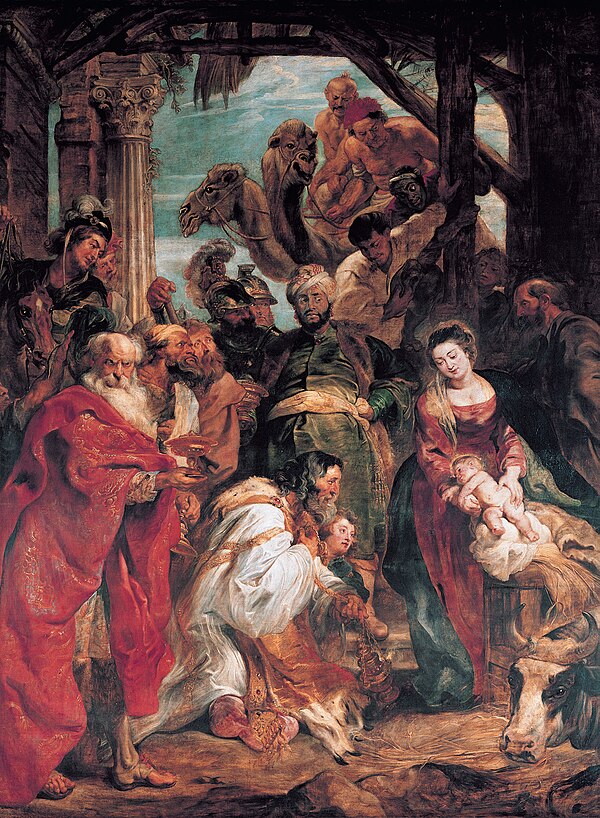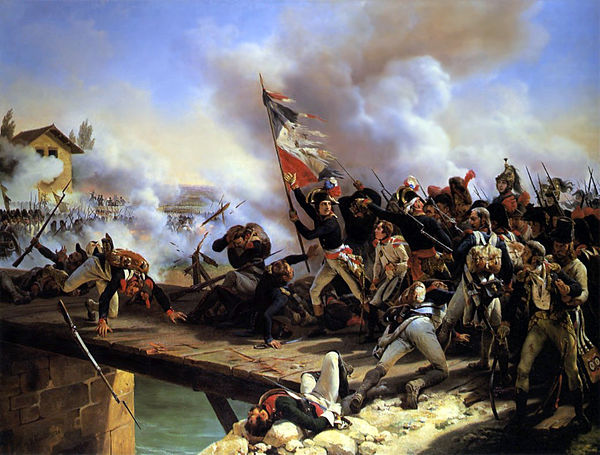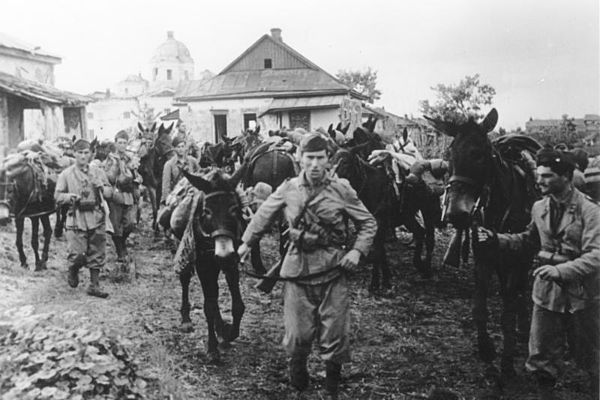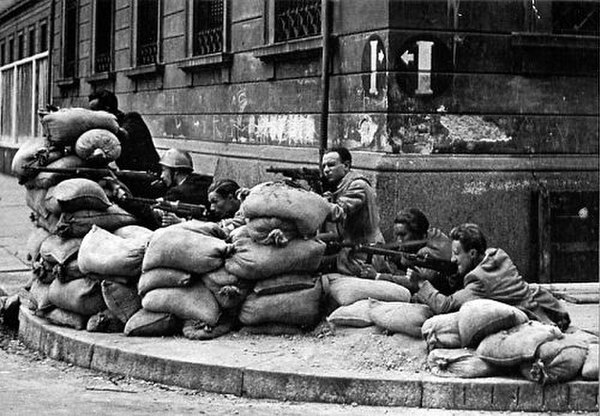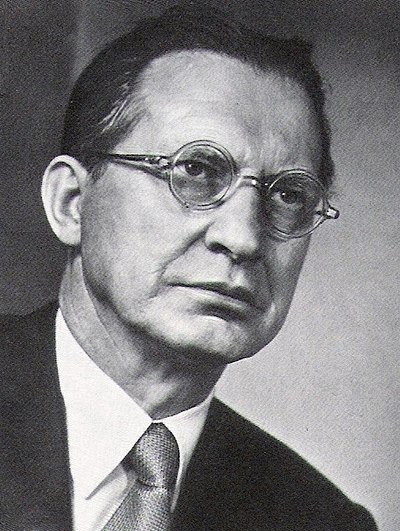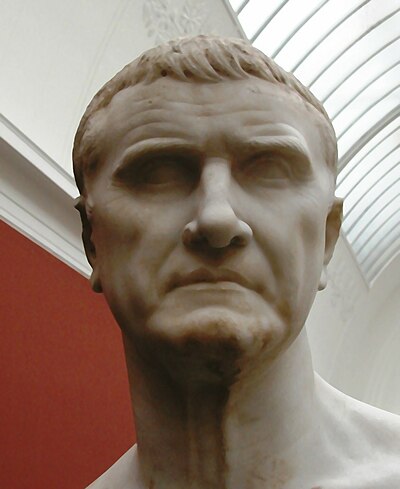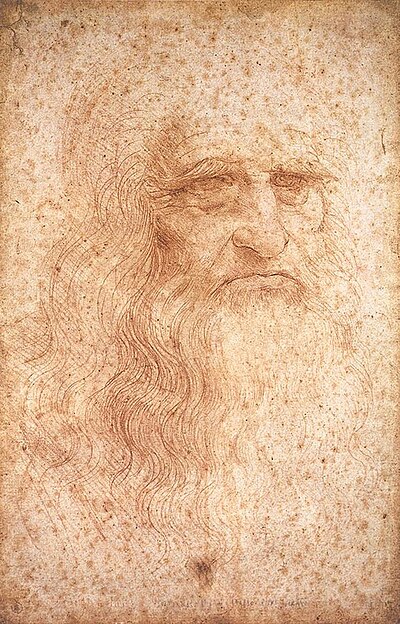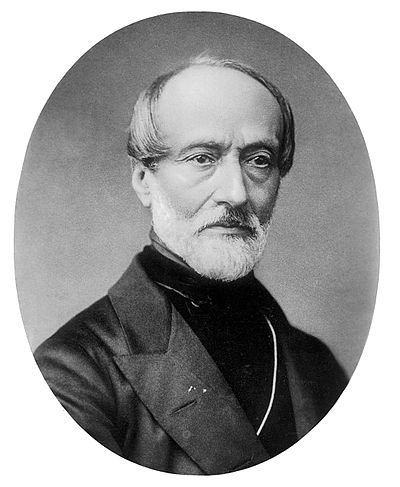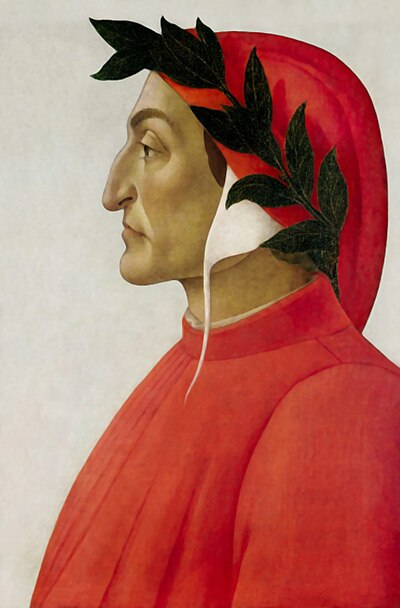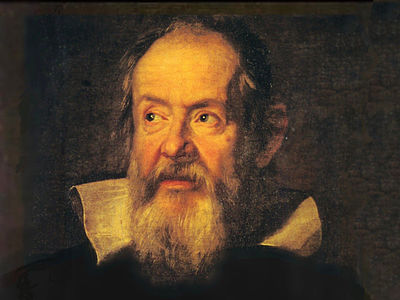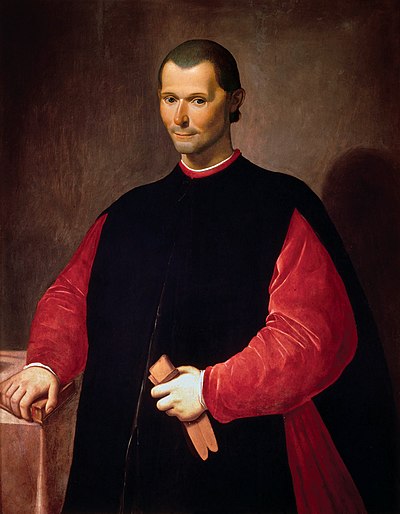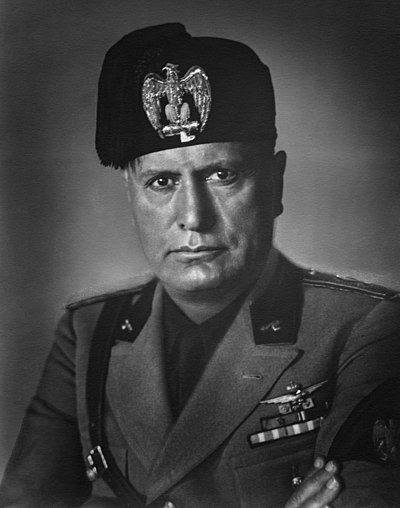
History of Italy
The history of Italy covers the ancient period, the Middle Ages, and the modern era. Since classical antiquity, ancient Etruscans, various Italic peoples (such as the Latins, Samnites, and Umbri), Celts, Magna Graecia colonists, and other ancient peoples have inhabited the Italian Peninsula. In antiquity, Italy was the homeland of the Romans and the metropole of the Roman Empire's provinces. Rome was founded as a Kingdom in 753 BCE and became a republic in 509 BCE, when the Roman monarchy was overthrown in favor of a government of the Senate and the People. The Roman Republic then unified Italy at the expense of the Etruscans, Celts, and Greek colonists of the peninsula. Rome led Socii, a confederation of the Italic peoples, and later with the rise of Rome dominated Western Europe, Northern Africa, and the Near East.
The Roman Empire dominated Western Europe and the Mediterranean for many centuries, making immeasurable contributions to the development of Western philosophy, science and art. After the fall of Rome in CE 476, Italy was fragmented in numerous city-states and regional polities. The maritime republics, in particular Venice and Genoa, rose to great prosperity through shipping, commerce, and banking, acting as Europe's main port of entry for Asian and Near Eastern imported goods and laying the groundwork for capitalism. Central Italy remained under the Papal States, while Southern Italy remained largely feudal due to a succession of Byzantine, Arab, Norman, Spanish, and Bourbon crowns. The Italian Renaissance spread to the rest of Europe, bringing a renewed interest in humanism, science, exploration, and art with the start of the modern era. Italian explorers (including Marco Polo, Christopher Columbus, and Amerigo Vespucci) discovered new routes to the Far East and the New World, helping to usher in the Age of Discovery, although the Italian states had no occasions to found colonial empires outside of the Mediterranean Basin.
By the mid-19th century, the Italian unification by Giuseppe Garibaldi, backed by the Kingdom of Sardinia, led to the establishment of an Italian nation-state. The new Kingdom of Italy, established in 1861, quickly modernized and built a colonial empire, controlling parts of Africa, and countries along the Mediterranean. At the same time, Southern Italy remained rural and poor, originating the Italian diaspora. In World War I, Italy completed the unification by acquiring Trento and Trieste, and gained a permanent seat in the League of Nations's executive council. Italian nationalists considered World War I a mutilated victory because Italy did not have all the territories promised by the Treaty of London (1915) and that sentiment led to the rise of the Fascist dictatorship of Benito Mussolini in 1922. The subsequent participation in World War II with the Axis powers, together with Nazi Germany and the Empire of Japan, ended in military defeat, Mussolini's arrest and escape (aided by the German dictator Adolf Hitler), and the Italian Civil War between the Italian Resistance (aided by the Kingdom, now a co-belligerent of the Allies) and a Nazi-fascist puppet state known as the Italian Social Republic. Following the liberation of Italy, the 1946 Italian constitutional referendum abolished the monarchy and became a republic, reinstated democracy, enjoyed an economic miracle, and founded the European Union (Treaty of Rome), NATO, and the Group of Six (later G7 and G20).















